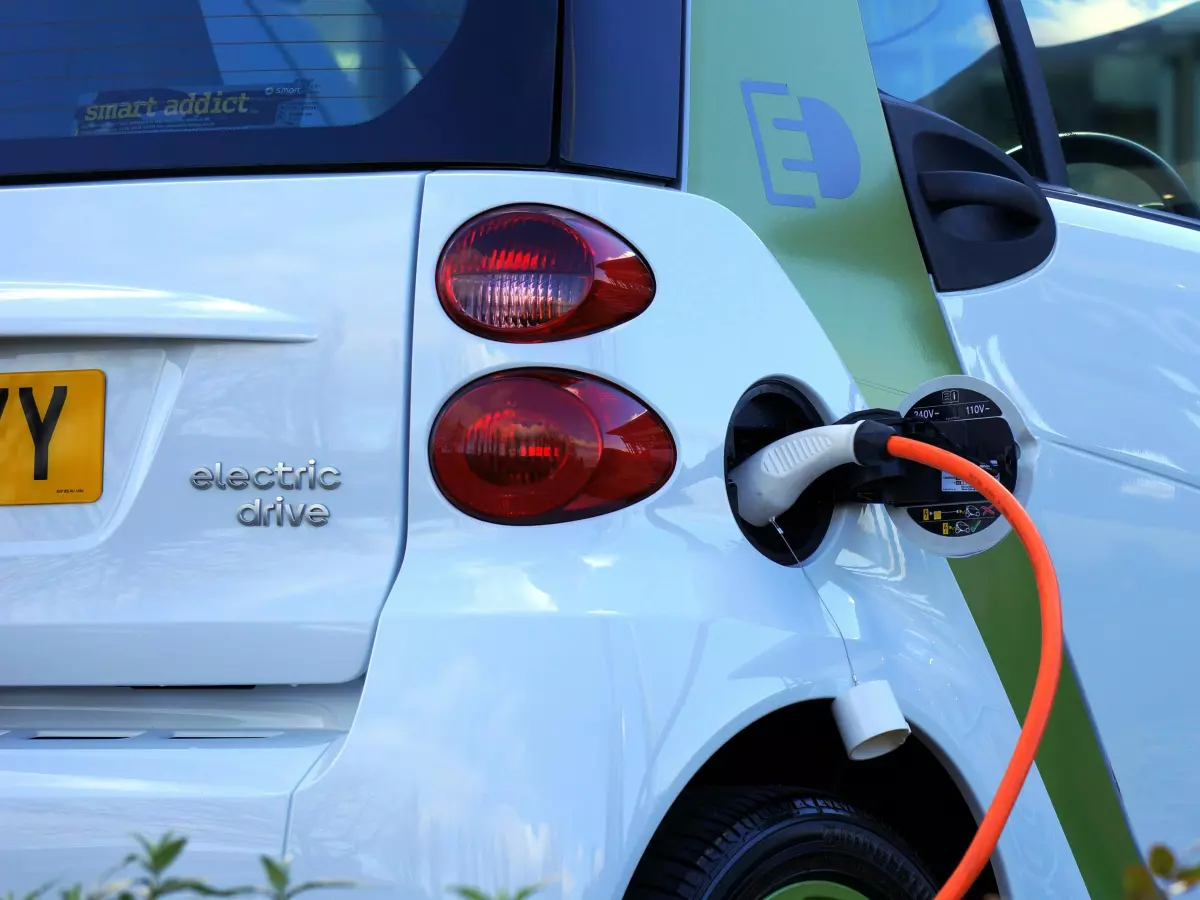Charging Dilemma
So, you’re sitting in your shiny new electric vehicle, but there's a problem—your battery is running low, and you’re far from home. Do you wait for a fast charge or swap that battery out in minutes? This is the dilemma facing EV drivers today, and it’s a big one. With the rapid growth of electric vehicles, the debate between fast charging and battery swapping is heating up. Which one will win the race to dominate the future of EVs?

By Wei-Li Cheng
Electric vehicles (EVs) are no longer the futuristic dream they once were. They’re here, and they’re growing fast. But as more drivers make the switch from gas to electric, one major question remains: how do we keep these vehicles charged efficiently and conveniently? The two main contenders in the ring are fast charging and battery swapping. Both have their strengths and weaknesses, but which one is truly the future of EVs?
Let’s break it down: Fast charging is exactly what it sounds like. You pull up to a charging station, plug in, and wait for your battery to charge. Over the years, fast charging technology has improved significantly, with some stations now capable of delivering up to 350 kW of power, which can charge an EV battery to 80% in about 20-30 minutes. Not bad, right?
But then there’s battery swapping. Instead of waiting for your battery to charge, you simply drive into a station, and a machine swaps out your depleted battery for a fully charged one. The whole process takes just a few minutes—about the same time it takes to fill up a gas tank. Sounds like a dream, doesn’t it?
Fast Charging: The Current King
Fast charging is currently the dominant method for recharging EVs, and for good reason. Charging infrastructure is growing rapidly, with companies like Tesla, Electrify America, and ChargePoint leading the charge (pun intended). Fast charging stations are popping up across highways and urban areas, making it easier than ever to charge your EV on the go.
One of the biggest advantages of fast charging is its compatibility with the existing EV ecosystem. Most EVs on the market today are designed to work with fast chargers, and as battery technology improves, charging times are getting shorter. Plus, fast charging stations are relatively simple to install compared to the complex infrastructure required for battery swapping.
However, fast charging isn’t without its downsides. For one, it still takes time. Even the fastest chargers can take 20-30 minutes to get your battery to 80%, and that’s if you’re lucky enough to find a high-powered station. And let’s be honest, no one wants to sit around for half an hour waiting for their car to charge, especially on a long road trip.
Another issue with fast charging is the strain it puts on the battery. Charging a battery quickly generates heat, and over time, this can degrade the battery’s lifespan. While modern EVs have sophisticated battery management systems to mitigate this, it’s still a concern for many drivers.
Battery Swapping: The Challenger
Battery swapping, on the other hand, offers a tantalizing alternative. Instead of waiting for your battery to charge, you simply swap it out for a fully charged one. The process takes just a few minutes, and you’re back on the road in no time. It’s fast, convenient, and eliminates the need to wait around at a charging station.
One of the biggest advantages of battery swapping is its potential to reduce range anxiety. With fast charging, you’re always limited by the time it takes to charge your battery. But with battery swapping, you can essentially “refuel” your EV as quickly as you would a gasoline car. This could make EVs more appealing to drivers who are hesitant to make the switch due to concerns about charging times.
But battery swapping isn’t without its challenges. For one, it requires a completely different infrastructure than fast charging. Battery swapping stations are expensive to build and maintain, and they require a standardized battery design that can be easily swapped between different vehicles. This is a major hurdle, as most EV manufacturers currently use proprietary battery designs that aren’t compatible with each other.
Another issue is the cost. Battery swapping stations need to keep a large inventory of fully charged batteries on hand, which requires a significant upfront investment. And while the cost of batteries is decreasing, it’s still a major expense for companies looking to build out a battery swapping network.
The Environmental Angle
Let’s not forget the environmental impact. Fast charging stations, especially those using renewable energy sources, can be a relatively green way to power EVs. However, the energy demands of fast charging can strain the grid, especially during peak hours. This could lead to increased reliance on non-renewable energy sources, which would negate some of the environmental benefits of driving an EV in the first place.
Battery swapping, on the other hand, could offer a more sustainable solution. By keeping a large inventory of batteries that can be charged during off-peak hours, battery swapping stations could help reduce the strain on the grid. Additionally, battery swapping could extend the lifespan of EV batteries by allowing them to be charged more slowly and under optimal conditions, reducing the wear and tear that comes with fast charging.
Which One Will Win?
So, which technology will come out on top? It’s hard to say. Fast charging is currently the more widespread option, and it’s likely to remain the dominant method for recharging EVs in the near future. However, battery swapping offers some compelling advantages, particularly for drivers who prioritize convenience and speed.
Ultimately, the future of EV charging may not be a matter of choosing one technology over the other. Instead, we could see a hybrid approach, with fast charging stations serving the majority of drivers, while battery swapping stations cater to those who need a quicker turnaround. As EV technology continues to evolve, both fast charging and battery swapping will likely play a role in shaping the future of electric transportation.
In the end, the choice between fast charging and battery swapping may come down to personal preference. Do you value the convenience of a quick battery swap, or are you willing to wait a little longer for a fast charge? Either way, the future of EVs is looking bright, and we’re just getting started.





